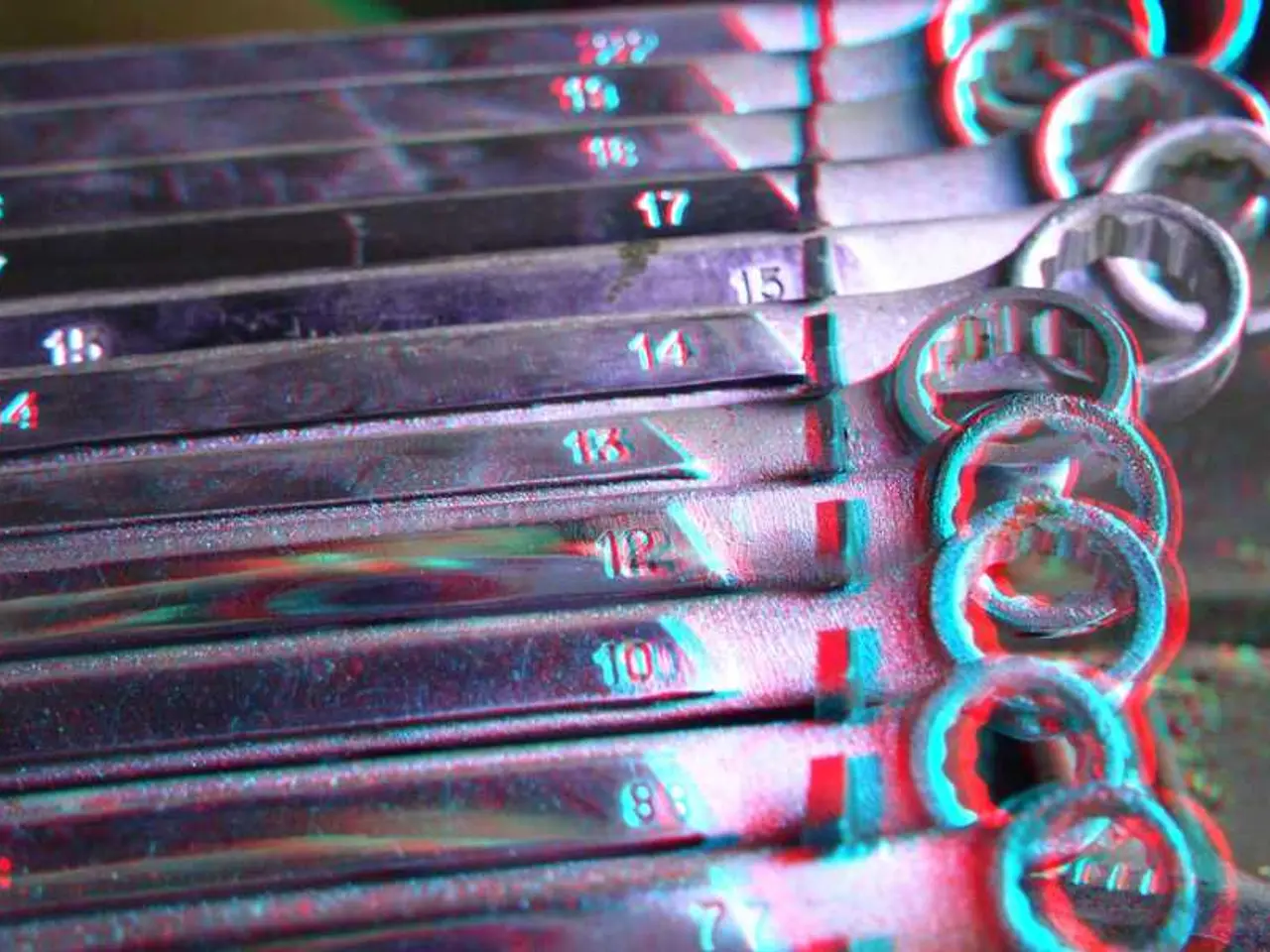Demand Profile: Classifications, Guidelines for Graphing from a Demand Equation
In the world of economics, the demand for most goods typically decreases as their price increases. However, there are exceptions to this rule, known as Veblen and Giffen goods.
Veblen Goods are luxury items that defy the traditional law of demand. As the price of these goods rises, their desirability increases due to the price itself conferring status or prestige. Examples of Veblen goods include designer bags, luxury jewelry, high-end watches, luxury cars, and expensive perfumes. These goods serve as status symbols, with demand linked to their exclusivity and social signaling rather than just utility.
On the other hand, Giffen goods are inferior staple goods for which demand increases as the price rises, due to a strong income effect overpowering the substitution effect. This usually happens for low-income consumers who spend a large share of their budget on these staples. When the price rises, they cannot afford more expensive substitutes and end up buying more of the staple despite its higher price. Classic examples include staple foods like rice or bread in low-income regions.
These goods deviate from the law of demand, where normally, demand decreases as price increases. In most cases, the demand curve is a straight line with a downward slope, outlining the law of demand where the price is inversely related to quantity. The slope of the demand curve in a simple linear demand curve is the quantity demanded coefficient in the inverse demand function. The downward sloping demand curve can be explained by the diminishing marginal utility, where each subsequent additional unit costs less due to decreasing satisfaction.
A demand curve is a two-dimensional graphical representation that illustrates the relationship between quantity demanded and price. The demand curve shows the quantity demanded at any given price and changes in the good's price cause a change in the quantity demanded and moves along the curve. Veblen goods are luxury goods in which their rising prices make wealthy consumers like them even more, causing the demand curve to shift to the right.
An increase in demand shifts the curve to the right due to factors such as consumer income increases, consumer preferences, substitute goods price increase, complementary goods price decrease, anticipated price increases, and more consumers in the market. On the other hand, a decrease in demand shifts the curve to the left due to factors such as consumer income decreases, consumer dislike for the product, substitute goods price decrease, complementary goods price increase, anticipated price decreases, and fewer consumers in the market.
The slope of the demand curve is calculated by dividing the change in price by the change in quantity (ΔP / Qd). The slope of the demand curve indicates the relationship between price and quantity, with a negative slope representing an inverse relationship (downward sloping curve). Other factors also affect demand, causing a change in demand and shifting the demand curve to the right or left.
In summary, while most goods follow the traditional law of demand, Veblen and Giffen goods provide interesting exceptions. These goods, which include luxury items and inferior staples, exhibit an upward-sloping demand curve, where demand increases as the price rises. Understanding these exceptions can provide valuable insights into consumer behaviour and market dynamics.
| Type | Definition | Examples | |-------------|-----------------------------------------------------|-------------------------------------| | Veblen Goods| Luxury goods with demand increasing with price | Designer bags, luxury jewelry, perfumes, high-end watches, luxury cars | | Giffen Goods| Inferior staple goods with demand increasing with price due to income effect | Rice, bread among poor consumers |
- Although personal-finance experts usually advise against it, investing in Veblen goods like designer bags, luxury jewelry, expensive perfumes, or high-end watches may increase in desirability as the price rises due to the item conferring status or prestige, making it a Veblen good.
- On the flip side, individuals might find themselves purchasing more of a Giffen good, such as rice or bread, even when prices rise, due to their income not allowing for more expensive substitutes, despite the higher cost.
- To better understand the complexities of financial markets and consumer behavior, one might consider pursuing education and self-development materials related to business, finance, and personal-finance to uncover the intricacies of Veblen and Giffen goods, and how they defy the traditional law of demand.




